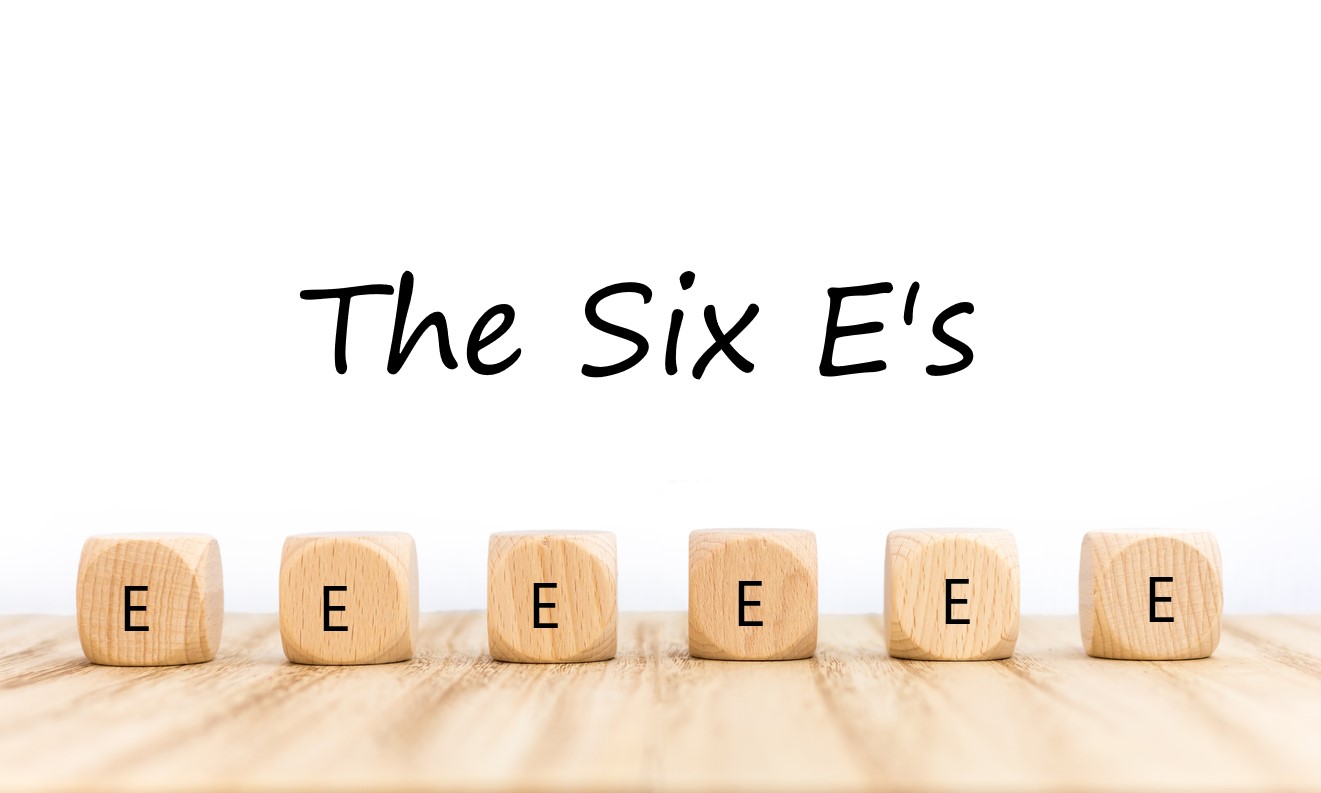We have made it to the last of the Six P’s and Six E’s, if you have been following this series of business interruption insurance. “Enough” is the last element of these. This is the concept that the policyholder must carry “enough“ insurance to collect for the loss in full. The essence of this is:
[N]ot the obvious fact that the face amount of the policy must be as great as the amount of the loss if the Insured is to collect fully. Rather it is the provision found in most Business Interruption policy forms called a Coinsurance Clause, which penalizes the Insured if the face amount of the policy does not equal an agreed percentage of the total amount at risk-the amount of money that the Earnings Stream would have produced in a period of twelve months if no damage had been suffered-referred to as the Business Interruption Value.1
Unlike other coinsurance clauses with simply a value at the time of a loss, the business interruption clause regarding coinsurance reflects time periods that will be created in the future. It is neither the value at the time the policy is written nor the insurable value at the time the physical damage is done. It is a value related to a future earnings stream that would have been produced. Obviously, there can be a lot of disagreement about this number since it is inherently an estimate.
Insurance agents and policyholders should use a worksheet to make these calculations. From my experience, this is not done very often. Indeed, insurance agent educators need to highlight this area because it is not infrequent that instructions are given to estimate the “income,” which is an ambiguous term since it leads the policyholder to think of “net income” versus the loss of the earnings stream or revenue.
The “educated guess” for the time frame can be bizarre and incorporate a guess of lost revenue not just for the next twelve months, but for the next two years! For instance, what happens if the loss happens a few days before the end of the policy period? Most of the revenue loss subject to the coinsurance is not just the upcoming year at the time of purchase, but at a time period which will be greater than a year. How educated of a guess is that when it comes to business income?
The educated guess of the value gets even more complicated when considering whether LIFO or FIFO inventory values should be made or when revenues are growing or decreasing without an easy means to evaluate past pattern of growth and other macro factors of economic reality—for example, what do you do about estimating future earnings streams with the current economic situation?
Accordingly, my suggestion is that agreed to values or business interruption with no coinsurance should always be explored at the point of sale.
I will have a post recapping these past blogs. Indeed, let me know if you would like us to publish a book on these topics.
Tomorrow, there will be no Tuesday with Chip at 2 because of the all-day GAPIA remote seminar.
Since there is no Tuesday at 2 With Chip, Tuesday will be on Wednesday this week. I will present a 45 minute to one hour talk this Wednesday at 2. The topics will be the new cooperation law in Colorado, a quick review of this business interruption series and a new topic of conversation—adjusting commercial property losses when leases are involved.
Here is a link for this Wednesday.
Thought For The Afternoon
Occurrences in this domain are beyond the reach of exact prediction because of the variety of factors in operation, not because of any lack of order in nature.
—Albert Einstein
_______________________________
1 Business Interruption Insurance: Its Theory and Practice, p. 60, Nat’l Underwriter Co., 1986.




